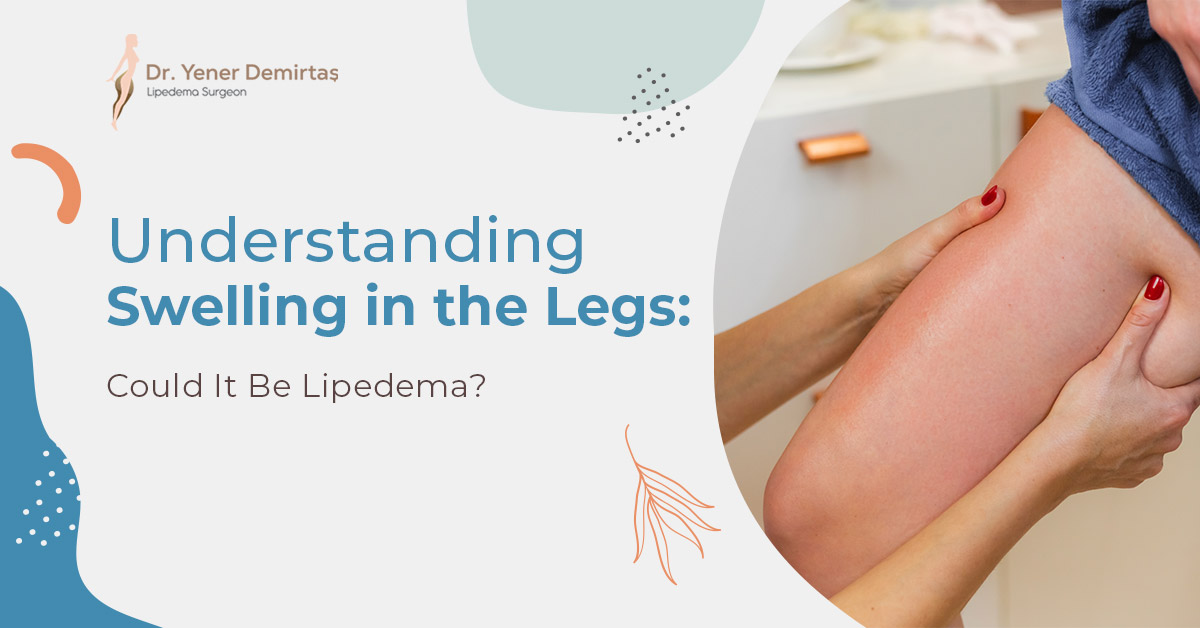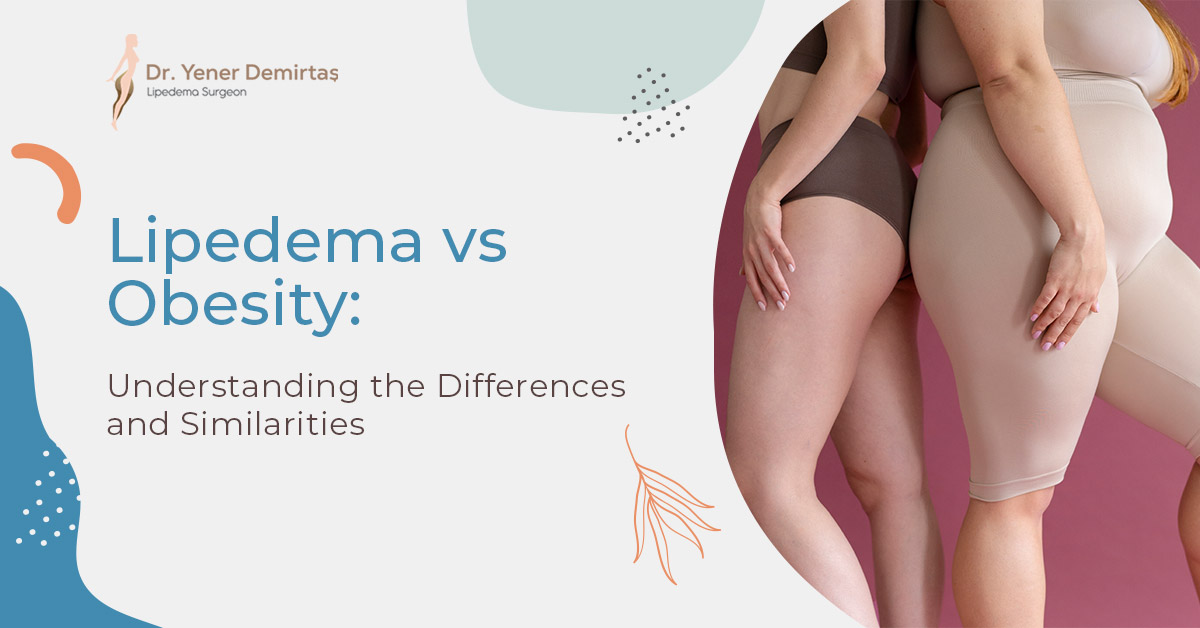The Underlying Factors: Lipedema Causes Uncovered
Lipedema, a complex fat disorder predominantly affecting women, has been the focus of numerous studies seeking to uncover the potential underlying causes. It is a condition marked by uneven fat distribution in certain parts of the body. But what exactly leads to lipedema? This article aims to elucidate some of the known and suspected causes of this perplexing condition.
Lipedema: A Closer Look
To truly comprehend the causes of lipedema, it's vital to grasp what this disorder involves. Lipedema typically manifests as an irregular accumulation of fat in the legs and arms, and sometimes the torso.
Its tell-tale signs can include:
- Persistent, disproportionate swelling in the arms and legs
- Pain or tenderness in the swollen areas
- Frequent bruising
- Resistance to traditional weight loss methods
Understanding these symptoms is the first step in exploring the potential causes of lipedema.
Suspected Genetic Involvement
One potential contributing factor to lipedema is genetics. Many women with lipedema report other female family members who exhibit similar symptoms, hinting at a possible genetic link.
Research into this potential familial connection is ongoing. Current investigations are focused on identifying potential genetic markers and patterns that may shed light on the hereditary nature of the condition. Unraveling this genetic puzzle could lead to early detection strategies and new treatments.
Hormonal Changes and Lipedema
Lipedema often first appears or worsens during periods of significant hormonal shifts, such as puberty, pregnancy, and menopause. This observation suggests that hormonal changes could play a vital role in triggering lipedema.
Hormones are the body's chemical messengers, playing key roles in regulating bodily functions, including fat distribution. If hormonal changes do indeed trigger lipedema, it could explain why the condition primarily affects women. However, the specific hormones and mechanisms involved are still under investigation.
Inflammation: An Agent of Disruption?
Inflammation, a natural response of the body to injury or disease, may be another key player in lipedema. Studies have found increased levels of inflammation in the fat tissue of people with lipedema.
Such inflammation could disrupt the body's normal fat storage processes, leading to the characteristic fat accumulation seen in lipedema. However, more research is needed to confirm inflammation's role and determine whether it's a cause or a consequence of lipedema.
Lymphatic System Dysfunction: A Contributing Factor?
Another area of focus in the investigation into lipedema causes is the lymphatic system. The lymphatic system, which plays a vital role in the body's immune response and fluid balance, may not function properly in those with lipedema.
Some studies have found evidence of impaired lymphatic function in lipedema patients, leading to fluid build-up and associated swelling. However, whether this lymphatic dysfunction is a cause or a result of lipedema is still a subject of ongoing research.
Lipedema Causes: A Field Ripe for Research
While we have some tantalizing clues about the potential causes of lipedema, there's still a lot left to discover. Unraveling the causes of lipedema is a complex task, requiring more research and deeper understanding. For those living with lipedema, a healthcare professional can provide valuable guidance and treatment options. Always remember: knowledge is power, and understanding the potential causes of your condition is an important step towards managing it effectively.






